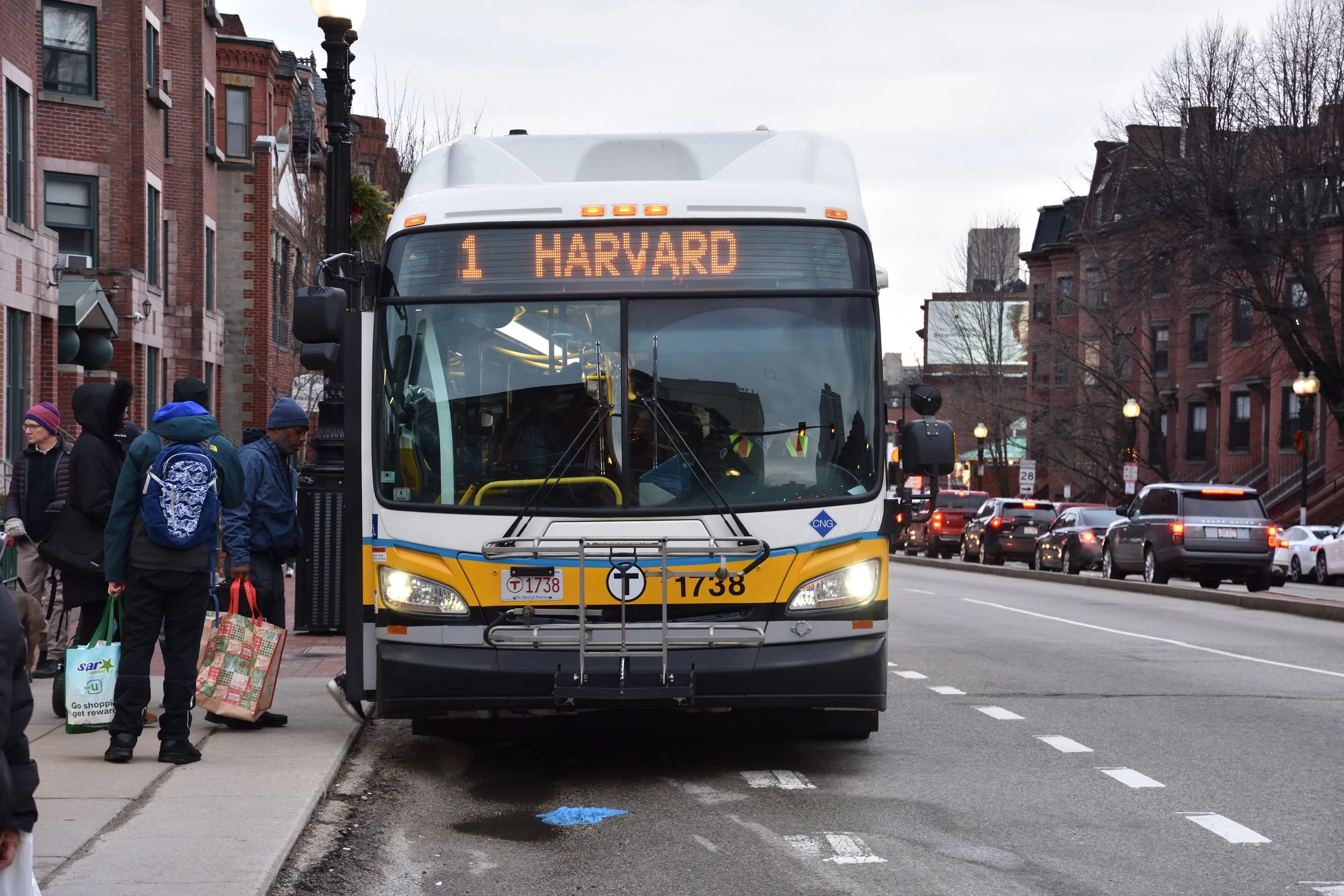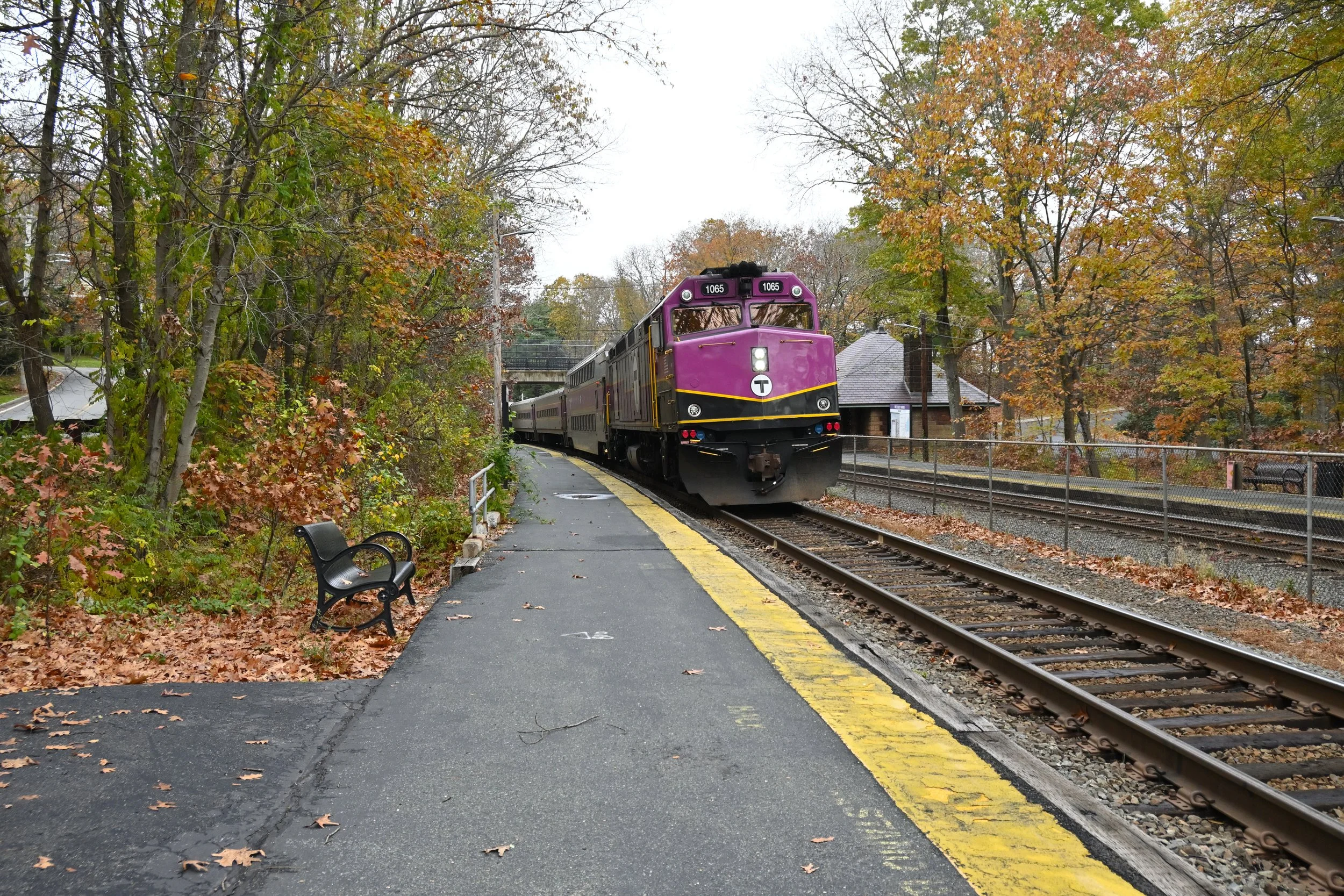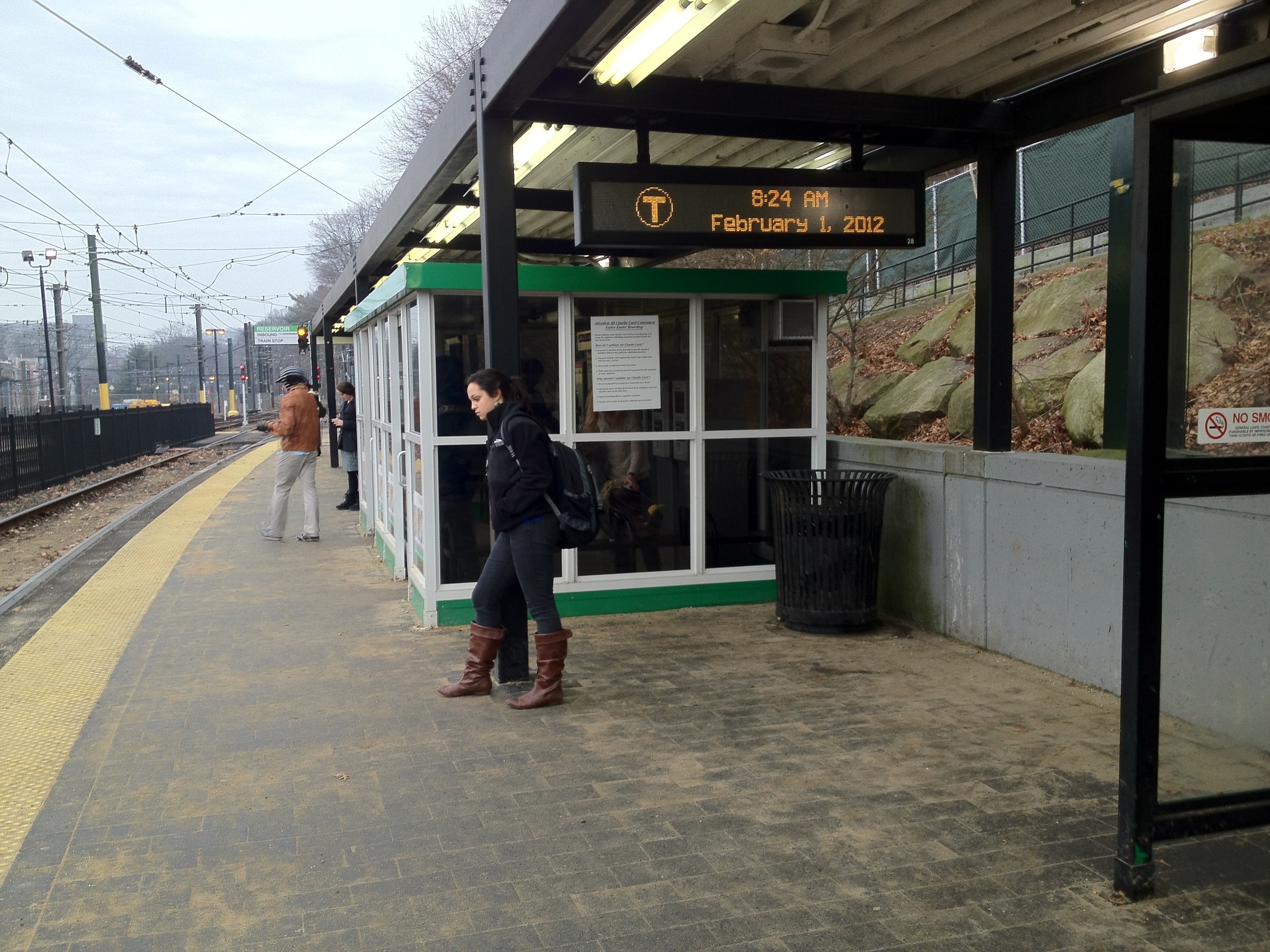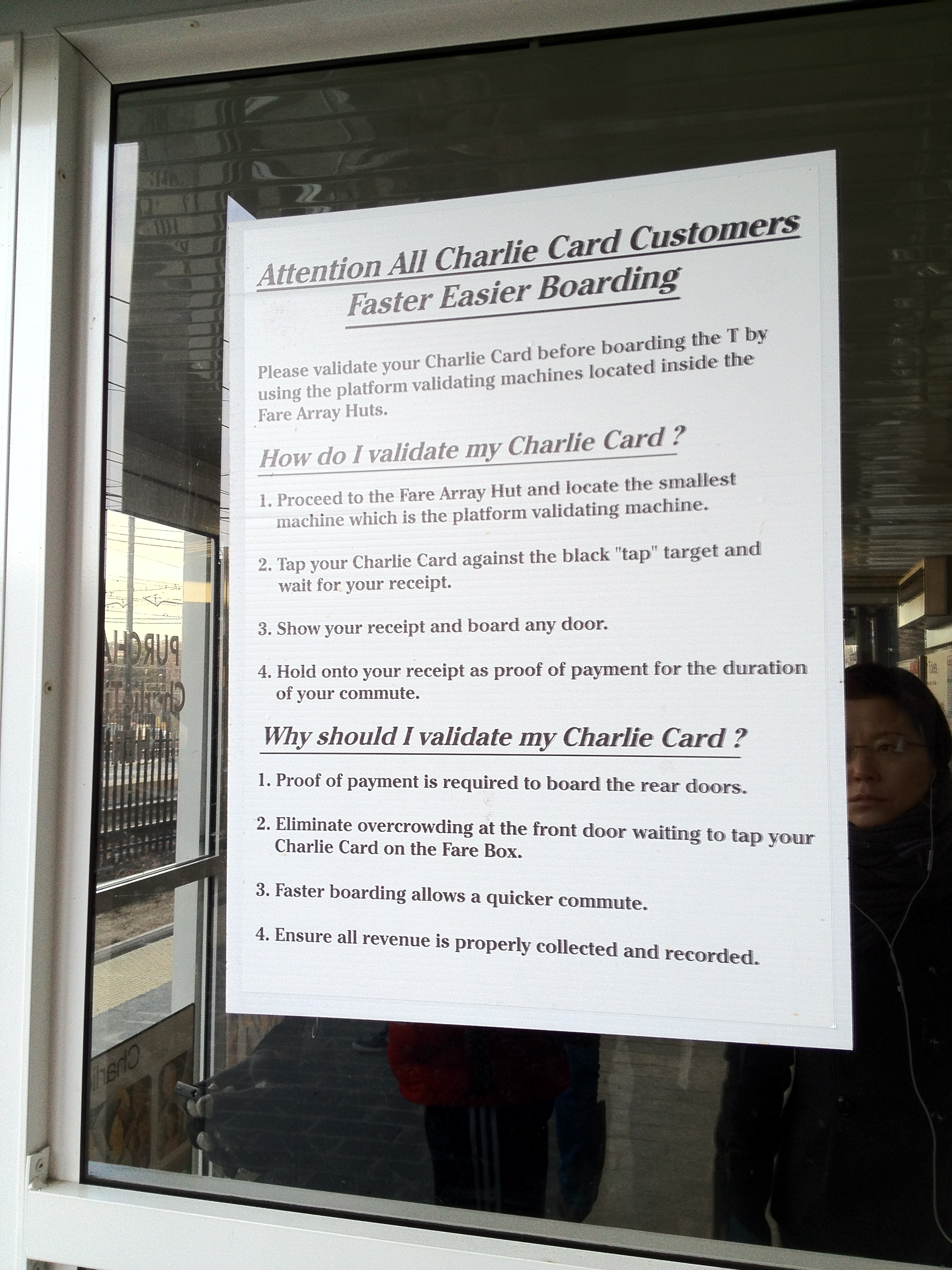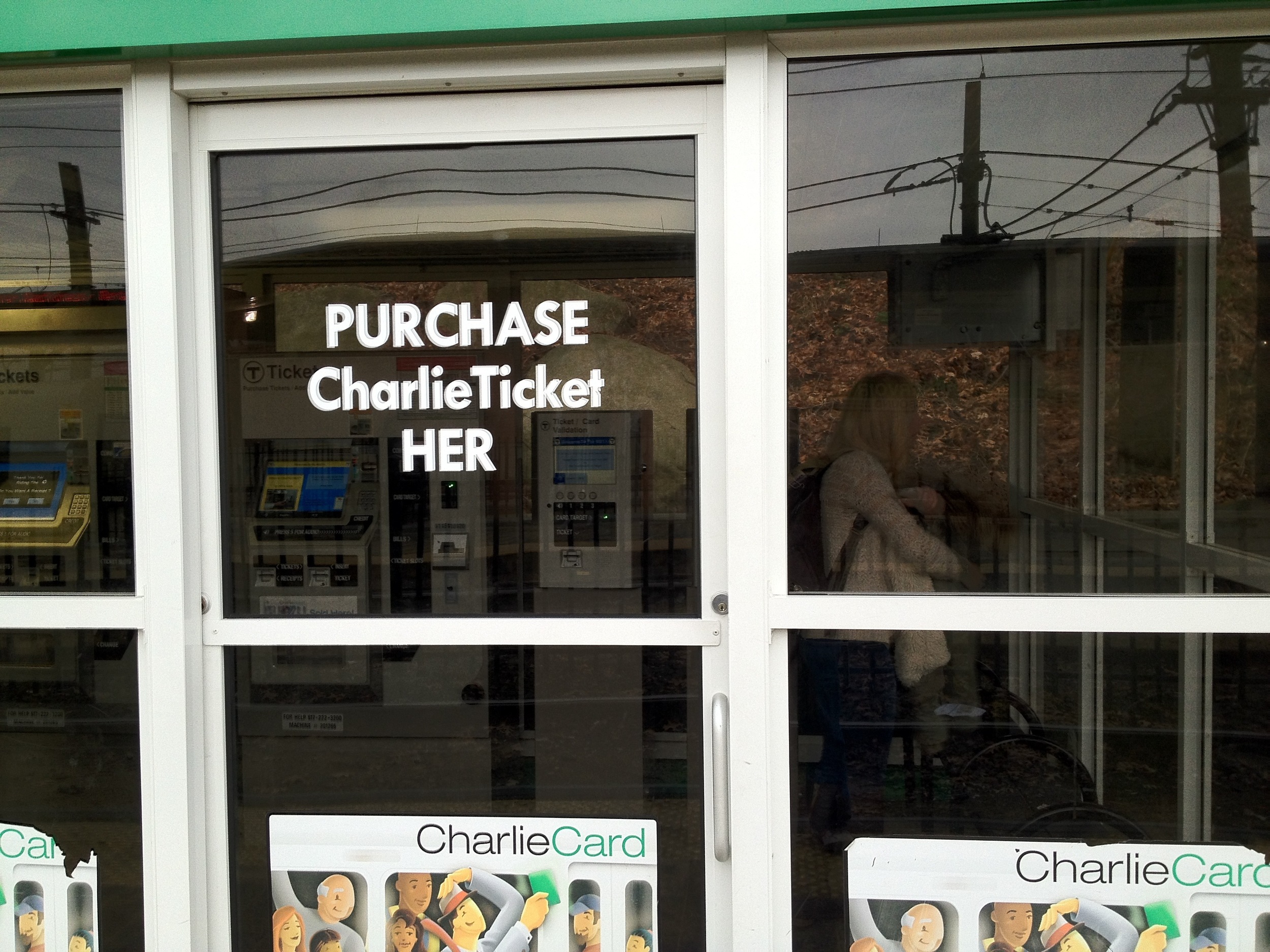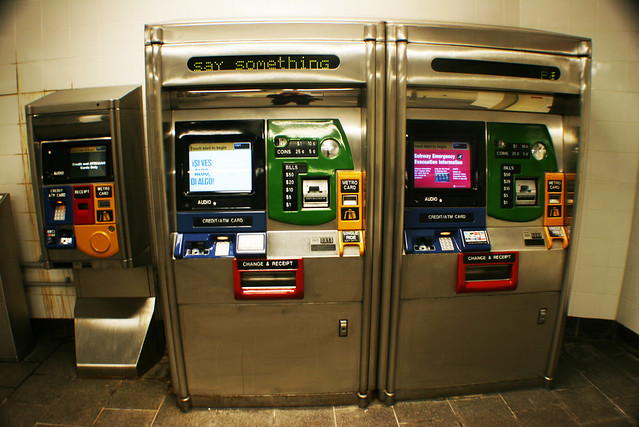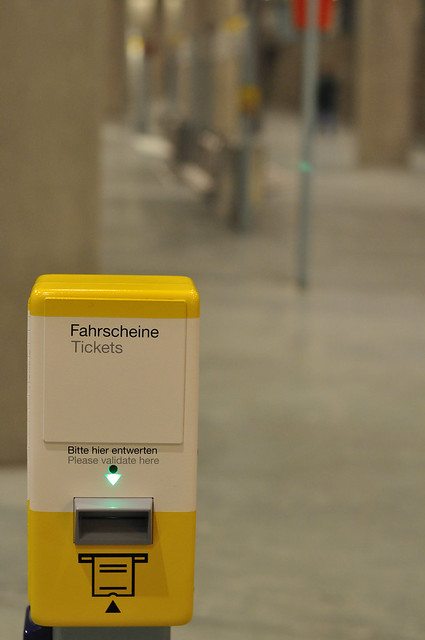 Work is finally underway for the much-awaited first phase of the Green Line extension north to Medford. Last December, MassDOT issued the first contracts to Barletta Heavy Division and followed that with the go-ahead to start construction on a set of demolitions and bridge widening projects that will, according to the MassDOT web site:
Work is finally underway for the much-awaited first phase of the Green Line extension north to Medford. Last December, MassDOT issued the first contracts to Barletta Heavy Division and followed that with the go-ahead to start construction on a set of demolitions and bridge widening projects that will, according to the MassDOT web site:
- Reconstruct and widen the Harvard Street Rail Bridge in Medford
- Widen the Medford Street Rail Bridge in Somerville
- Demolish 21 Water Street in Cambridge in preparation for the construction of the new Lechmere Station under Phase 2/2A of the GLX project
- Construct retaining walls and noise walls adjacent to the Harvard Street Rail Bridge
- Relocate MBTA Commuter Rail tracks in the Harvard Street Rail Bridge area
- Upgrade and replace existing storm drain system between Harvard Street and Granville Avenue
These projects will continue for 2 years until March of 2015. During that time, the state plans to maintain its transparency and documentation through photos. According to Joe Pesutauro of the MBTA:
With strong support from the Green Line extension team, DOT Communications staff has done a total of 53 separate posts with Green Line Extension meeting, outreach, and construction information since the MassDOT blog debuted 50 months ago. More than one [post] per month on average and more than on any other single MassDOT/MBTA project.
Each of those posts was accompanied with a Tweet and link on Twitter. Each such item is now also posted on our more recent MassDOT Facebook page, including two FB posts within the past week- one on the upcoming meeting and one displaying one of the Flickr construction photos. We have a Flickr set established to add future construction photos. All this in addition to the separate efforts on T social media.
The biggest highlight is MassDOT's latest album on Flickr, which captures the construction and is a great visual progress update. MassDOT has been doing this for some time to show very occasional and infrequent updates on bridge construction for the Accelerated Bridge Program, but the MTA has been posting album after album of construction updates for even less time. MassDOT started in the summer 0f 2009 with 1,165 uploads while the MTA has uploaded over four times that in half the time, starting with its first post in March of 2011.
Granted, the MTA has at least one dedicated photographer, but it has roughly the same number of ongoing capital projects and maintenance needs as MassDOT and the MBTA combined. Suffice it to say, MassDOT's planning site is well-organised, but much of the information is either hidden deep within many clicks or in lengthy PDF documents; the closest thing to a dashboard is the 'Projects' tab on the main MassDOT page. The MBTA's project page is slightly better, but is a simple table that doesn't give indication of scope or size of projects, instead listing project statuses. Deeper in, there isn't much consistency to project documentation, impact, or even format.
Other agencies have varying levels of success with building project dashboards. The CTA has a presentable planning site that highlights major upcoming projects. BART's project site is incredibly accessible through its good design via simplicity. SFMTA's site is more text-heavy, but highlights major projects well, perhaps only by default because they have fewer but wider-scoped projects. Washington Metro also has a very text-heavy project page littered with links to PDFs, but many of these are studies and preliminary analysis for projects and are well-organised into major categories on a single page. WMATA even has a rider-oriented blog-style site called PlanItMetro for focused feedback and updated on various projects, similar to MassDOT's blog. The NYC MTA, which has far more ground to cover than most in gaining public trust, has the best capital projects board; the capital projects are organised by division, similar to the way our capital projects are presented, and outlined with a breakdown of estimated and actual cost and deadline with notes for any discrepancy.
NYC's MTA arguably has bred a similar, if not deeper, strain of distrust as the MBTA and re-constituted MassDOT, which didn't exist until nearly four years ago. The MBTA/MassDOT need this kind of visibility and information accessibility. The T and MassDOT/former EOT have come a long way to show that they hold themselves accountable to its stakeholders outside of hour-long update meetings, regardless of whether the current people in leadership are responsible for the decades of actions that have bred the distrust in the agencies. A Flickr or Twitter feed or even Facebook page are more accessible than a physical meeting or even a PDF of the PowerPoint presentation from the meeting posted to the web.
The Green Line Extension does have a Facebook page, but as of this writing is not linked from the main project site, which suffers the same disjointed branding, presentation, and deep linking of information as many of MassDOTs other project pages. This capital project is the most promising in being a consistently transparent project through regular photo updates, but this consistency needs to be pushed across all projects and start well before any shovels hit the ground. This will be hard for the much maligned and beleaguered agencies, but both Secretary Davey and MBTA GM Scott deeply know and daily act on how important transparency is to public accountability and trust. While they're just getting started turning things around, many others in their field are leapfrogging past them and we can learn from those advances going forward.

